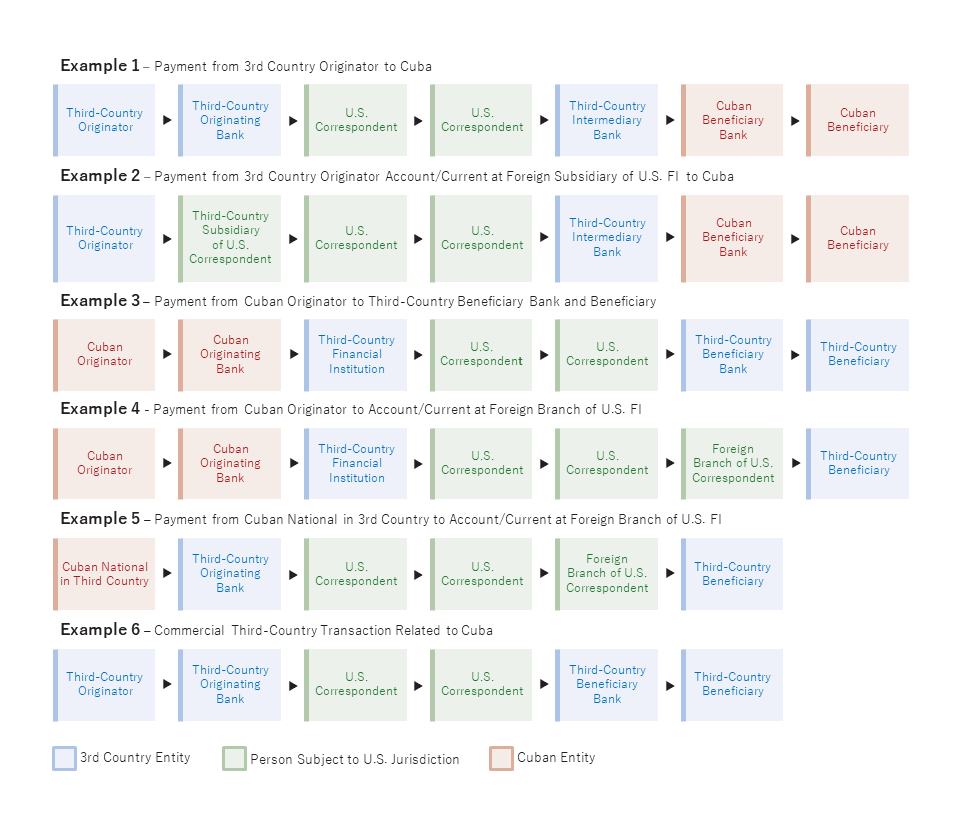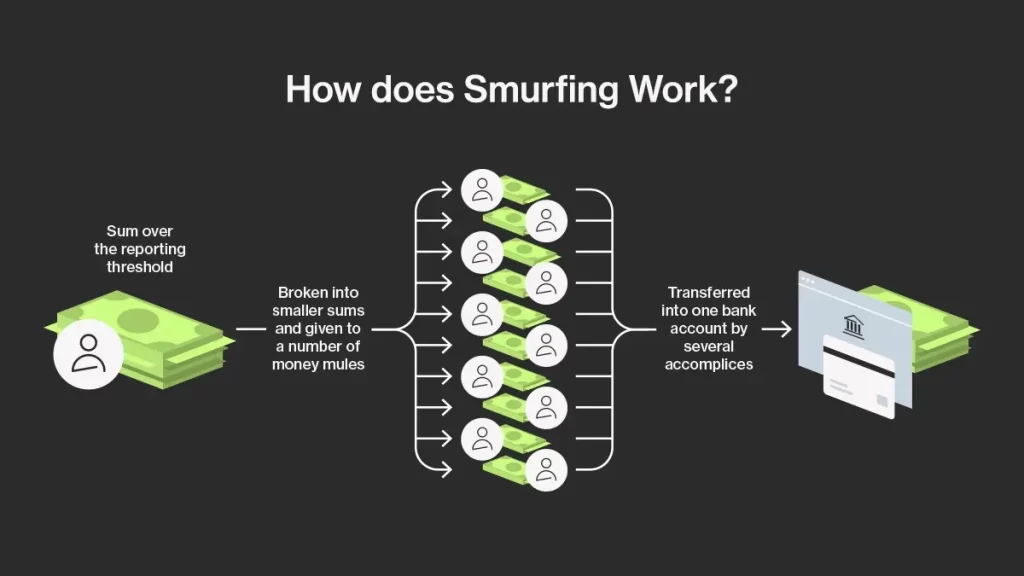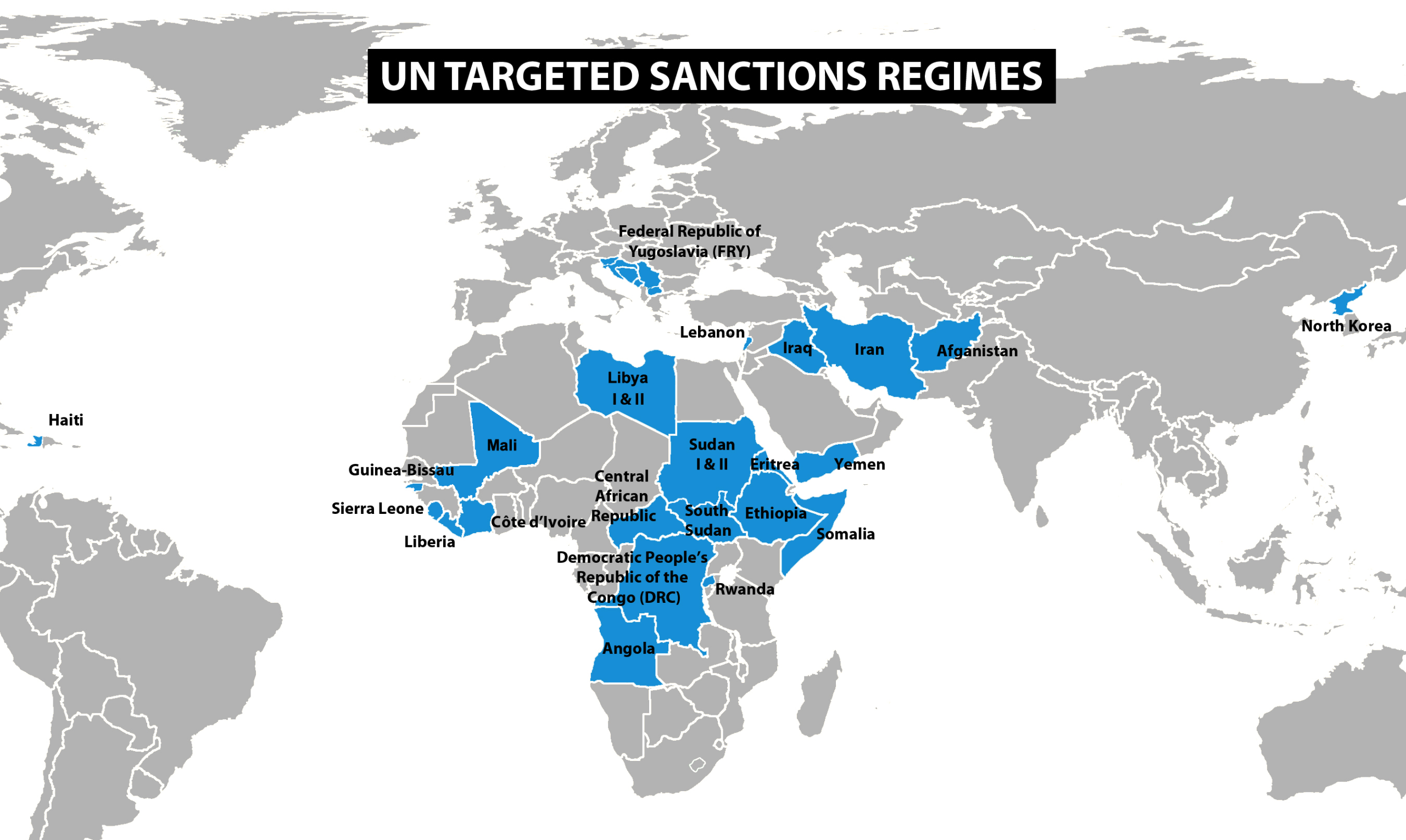Author: Tommy Hartono
-

Day 254: Straw Men
#QuickbiteCompliance day 254 🚨 The Puppet Show: How Straw Men Hide Sanctioned Criminals Imagine your friend is banned from the candy store but secretly pays you to buy sweets for them. You’re the “puppet” (aka Straw Man)—acting for someone who’s hiding in the shadows. Here’s how criminals use these puppets to cheat the system: —…
-

Day 253: Sting Operation
#QuickbiteCompliance day 253 🔍 Ever Played “Cops and Robbers”? Real-Life Cops Use “Make-Believe” to Catch Bad Guys! Imagine a police officer dressing up as a watch seller 🕰️, a wedding planner 💒, or even a hacker 💻 to trick criminals into showing their secrets. That’s a “sting operation”! Law enforcement sets up fake businesses (like…
-

Day 252: SDN List
#QuickbiteCompliance day 252 🔍 The SDN List: Your Guide to Fighting Bad Guys Imagine your school has a “no-trade lunchbox” list. If someone steals snacks, they go on the list—and nobody can trade with them. The SDN List works like that for the U.S. government. It’s a list of people, companies, or groups (like terrorists…
-

Day 251: Sources, Secondary
#QuickBiteCompliance day 251 Spotting Financial Crime Red Flags in Plain Sight! Imagine you’re solving a mystery. You have: 🔍 Primary sources: Original “proof” like contracts, ID cards, or bank statements. 📚 Secondary sources: Reports about that proof—like news articles, databases, or corporate registries. Here’s the catch: If these two don’t match? 🚩 That’s a red…
-

Day 250: Sources, Primary
#QuickbiteCompliance day 250 🚨 How Bad Guys Trick the System Using “Primary Sources” (And How We Stop Them) 🚨 Did you know criminals use official-looking lists and documents to hide their dirty money? 🤯 Here’s how it works: – Sanctions lists (like OFAC’s) tell banks who to block—but bad guys create fake companies with similar…
-

Day 249: Smurfing
#QuickbiteCompliance day 249 🚨 Breaking Down “Smurfing” – The Sneaky Money Laundering Trick! �💵 Ever heard of smurfs? No, not the cute blue cartoon characters—these are the bad guys who help criminals hide dirty money! 💸 How does it work? Imagine a thief has a huge pile of cash from illegal activities. If they deposit…
-

Day 248: Smart Sanctions
#QuickbiteCompliance day 248 🎯 Bullseye Sanctions: Hitting Bad Guys Without Hurting Innocents Imagine trying to stop a school bully by grounding the whole class. That’s what old-school sanctions did—punished entire countries. “Smart sanctions” (or targeted sanctions) are like a laser beam: ➡️ Freeze only the bully’s lunch money (asset freezes). ➡️ Ban only the bully…
-

Day 247: Simple Checks
#QuickbiteCompliance day 247 🚀 Simple Checks: The First Step to Stop Financial Crime 🚀 Did you know that stopping bad guys often starts with something as simple as checking a name? 🕵️♂️ Simple checks are like looking for a needle in a haystack—but with the right tools, you can find it fast! For example, when…
-

Day 246: Shell Company
#QuickbiteCompliance day 246 Unmasking the Magic Trick of Dirty Money: Shell Companies Explained! ✨ Imagine a magician making a coin disappear—but instead of a coin, it’s illegal cash! 🪙💸 That’s what criminals do with shell companies: businesses that look real but are empty “shells” (no office, no employees, no real work!). They’re legal but can…
-

Day 245: Shell Bank
#QuickbiteCompliance day 245 🚨 The Invisible Bank Heist: How “Ghost Banks” Fuel Global Crime 🚨 Imagine a bank with no building, no tellers, and no ATMs—just a name on paper. That’s a #ShellBank: a ghost institution hiding in plain sight, often in offshore havens with lax rules. While legitimate banks have branches, these “paper-only” entities…
